The Ultimate Guide To Cleaning And Maintaining Your Espresso Machine

Coffee is more than just a beverage; it has become a ritual for many of us. And what can beat the experience of a freshly-brewed espresso in the comfort of your own home?
To ensure your coffee machine continues to serve the perfect shot, it is vital to clean and maintain your espresso machine regularly. This can seem like a daunting task, but trust me, with a few simple steps, it can become a fun and rewarding experience. As a coffee lover myself, I understand the importance of a well-maintained machine to brew the perfect espresso every time. In this buying guide,
I will provide you with the ultimate tips and tricks to clean and maintain your espresso machine, along with a few best practices to ensure a long and healthy life for your equipment. So, let’s dive in and discover how to keep your espresso machine in tip-top shape!
If you’re an espresso lover, you know how important it is to keep your machine in tip-top shape. To ensure your espresso is always tasting its best, it’s important to regularly descale your machine.
What is descaling? Descaling involves using a solution to remove mineral deposits, such as calcium and lime, that can build up inside your espresso machine. Over time, these deposits can lead to poor tasting espresso, and can even clog and damage your machine.
So how do you descale? First, make sure you purchase a descaling solution that’s designed for your specific espresso machine. You’ll want to check your machine’s manual for specific instructions, but generally you’ll fill your espresso machine’s water tank with a mixture of water and descaling solution.
Then, you’ll run a few cycles of the machine, which will circulate the solution and help break down any built-up minerals. Finally, you’ll need to rinse the machine with clean water to remove any remaining solution.
Descaling your machine regularly is an important part of keeping it running smoothly and making sure your espresso always tastes its best. So don’t forget to descale your machine every few months to ensure it’s in tip-top shape.
Clean the portafilters and groupheads after every use.
As an avid coffee drinker, one thing I quickly learned is how important it is to clean my espresso machine’s portafilters and groupheads after every use. Not only does it ensure the best-tasting coffee, but it also prevents any unnecessary wear and tear on the machine.
Portafilters are the detachable handles that hold the coffee grounds, while groupheads are where the hot water is pushed through the portafilters to create the espresso shot. Over time, both parts can accumulate coffee residue, which can lead to an unpleasant taste and even clogging.
To clean the portafilters and groupheads, the first step is to remove any leftover grounds. Rinse them under running water to remove any residue, then use a cleaning brush to scrub off any remaining coffee oil. Use hot water and soap to deep clean them periodically.
Not only does cleaning your espresso machine after every use ensure better-tasting coffee, but it also prevents any potential buildup of bacteria. By maintaining your machine, you can feel confident knowing that you’re brewing the best possible coffee every time.
if you want to enjoy consistently delicious coffee, it’s essential to clean both the portafilters and groupheads after every use. It’s a simple step that will ensure your espresso machine’s longevity while providing you with the perfect cup of coffee every time.
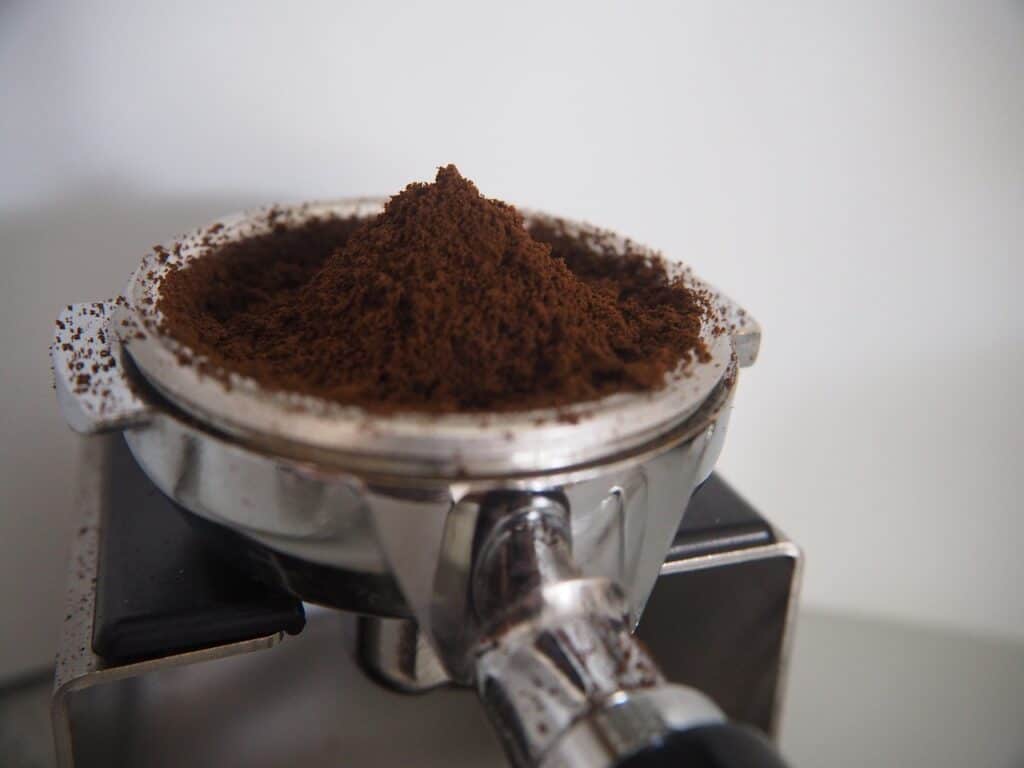
Make sure to use the correct grind size for your coffee beans.
When it comes to brewing your own coffee, one of the most crucial factors to consider is the grind size. Why is this important, you may ask? Let me tell you why.
Coffee beans come in different types, each with its unique flavor profiles. To extract the best taste and aroma from the beans, the grind size needs to be adjusted accordingly. For instance, if you’re using a French press, you’ll need a coarse grind to avoid sediment from making its way into your cup of coffee. On the other hand, if you use an espresso machine, you need a finer grind to create a smooth and rich shot.
Using the wrong grind size can result in a bland or over-extracted cup of coffee, and no one wants that. Additionally, the wrong grind size can cause damage to your brewer or espresso machine, making the repair costly and time-consuming. So, it’s essential to get the right grind size for your coffee maker, whether it’s a drip coffee maker, French press, or espresso machine.
Invest in a quality coffee grinder that has different grind settings, and experiment with different grind sizes until you achieve the taste and aroma you desire. Don’t be afraid to try something new, and keep in mind that the grind size can vary depending on the roast and origin of the coffee beans.
don’t overlook the importance of using the correct grind size if you want to make a delicious and flavorful cup of coffee. Practice, experiment and enjoy the process of finding the perfect grind size for the type of coffee you love.
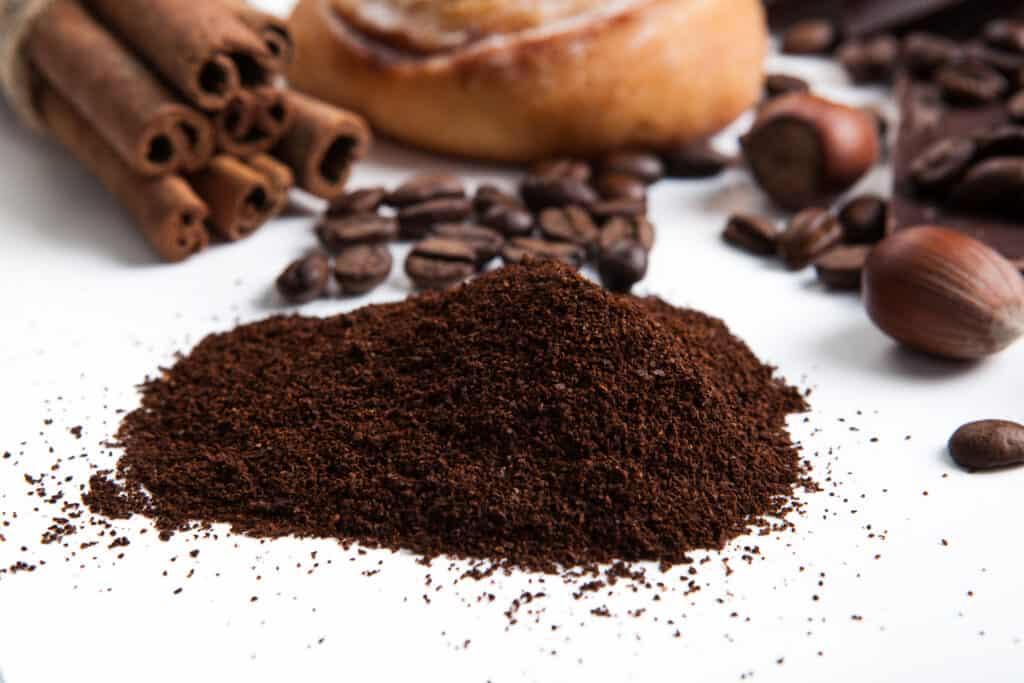
Rinse the filter baskets thoroughly after each use.
As a coffee lover, I know firsthand how important it is to take care of your coffee equipment. One tip that I always follow is to rinse the filter baskets thoroughly after each use. It may seem like a small and easy step, but it can make a big difference in the taste of your coffee.
When you brew coffee, the filter basket traps coffee grounds and oils. If these are not rinsed off after each use, they can build up and create a stale flavor in your coffee. By thoroughly rinsing the filter baskets, you are removing any leftover coffee grounds and oils, ensuring a clean and fresh taste for your next cup.
To rinse the filter basket, simply remove it from your coffee maker and place it under running water. Use your fingers or a brush to gently scrub away any remaining coffee grounds. It’s important to be thorough and not leave any residue behind.
In addition to improving the taste of your coffee, regularly rinsing your filter baskets also helps prolong the life of your coffee maker. If left unmaintained, buildup can cause clogs and malfunctions in your machine.
Overall, rinsing your filter baskets may seem like a small step, but it’s an important one in maintaining the quality of your coffee and coffee equipment. So, next time you brew a cup of coffee, remember to take a few extra seconds to rinse your filter basket thoroughly.
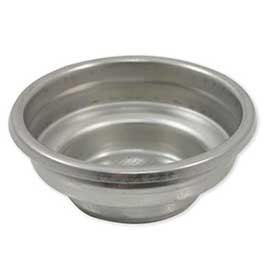
Clean the steam wand and drip tray after each use.
When I first got my espresso machine, I was so excited to use it every day. But after a little while, I noticed that my drinks were tasting a little off. It wasn’t until a friend pointed out that I needed to clean the steam wand and drip tray after each use that I realized what the problem was.
Cleaning the steam wand and drip tray is crucial to keeping your espresso machine running smoothly and producing great-tasting coffee. The steam wand, which is used to froth milk, can easily become clogged with milk residue if not cleaned regularly. This can lead to a buildup of bacteria and alter the taste of your drinks. To clean it, simply run hot water through the wand after each use and wipe it down with a damp cloth.
The drip tray is another important component to keep clean. It collects any excess water and coffee grounds, and it can quickly become a breeding ground for mold and bacteria if not cleaned regularly. To clean it, simply remove it from the machine and wash it with warm soapy water.
These two steps take only a few minutes to do, but can make all the difference in the taste of your espresso. Plus, it will extend the life of your machine and save you money in the long run. Trust me, I learned this lesson the hard way!
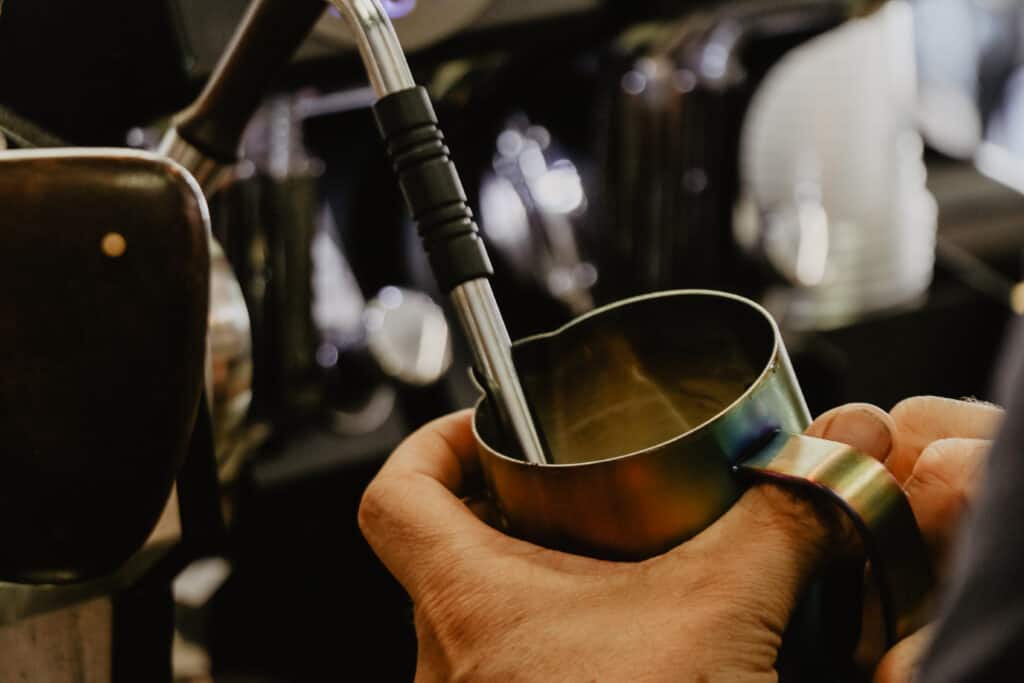
RECOMMENDED READS
Top Rated Espresso Machines: Your Guide to the Best Options
Types of Espresso Machines: Your Comprehensive Guide
How To Troubleshoot Common Espresso Machine Problems
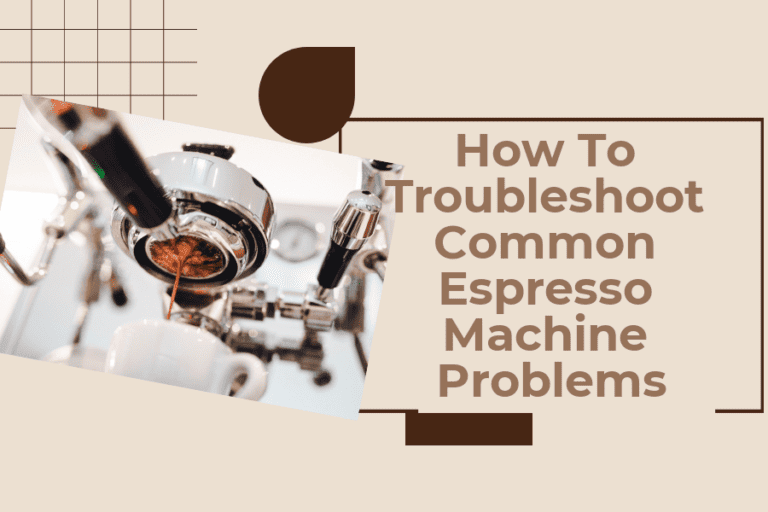
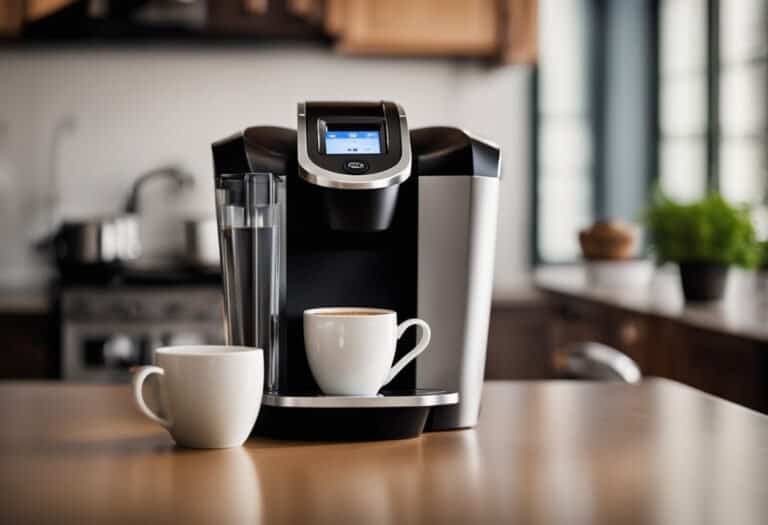

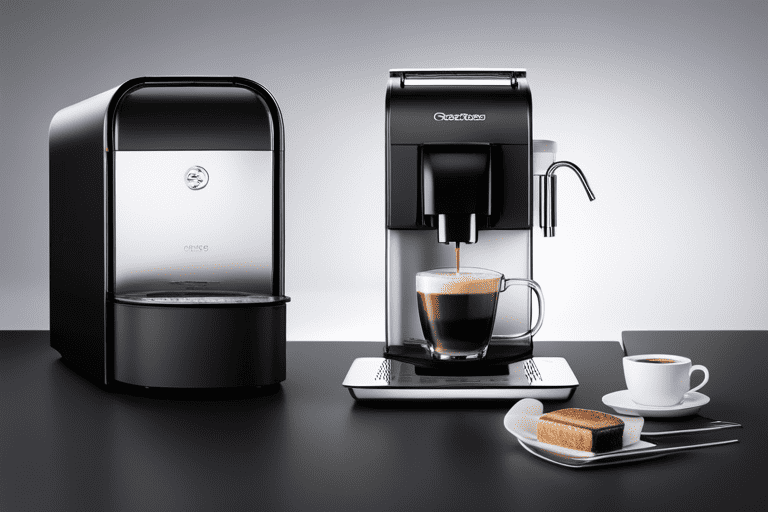
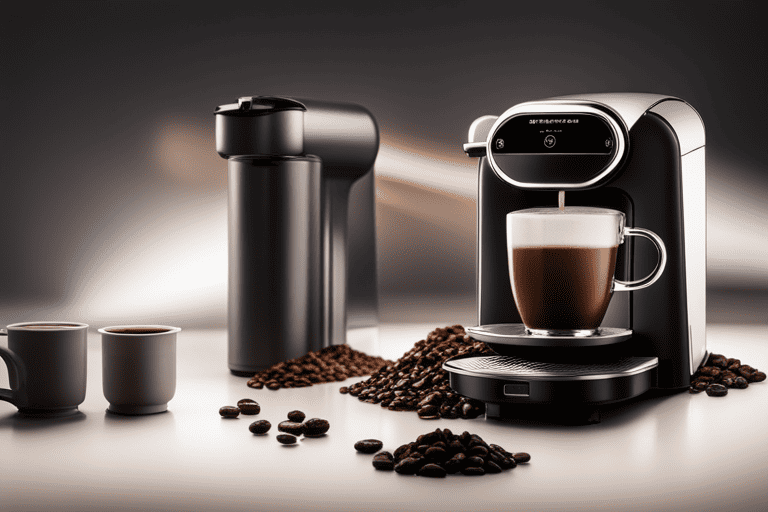

One Comment